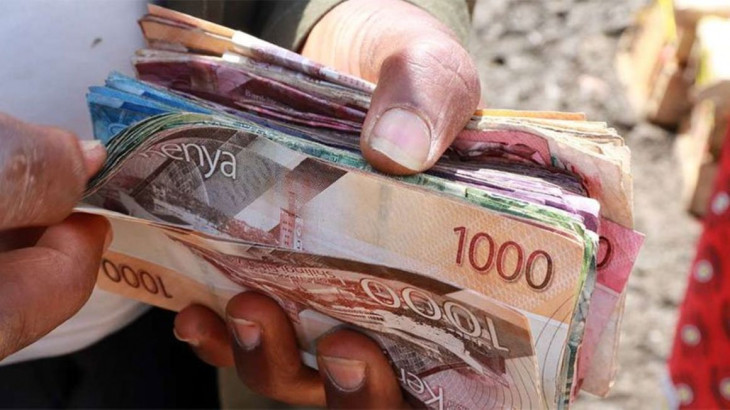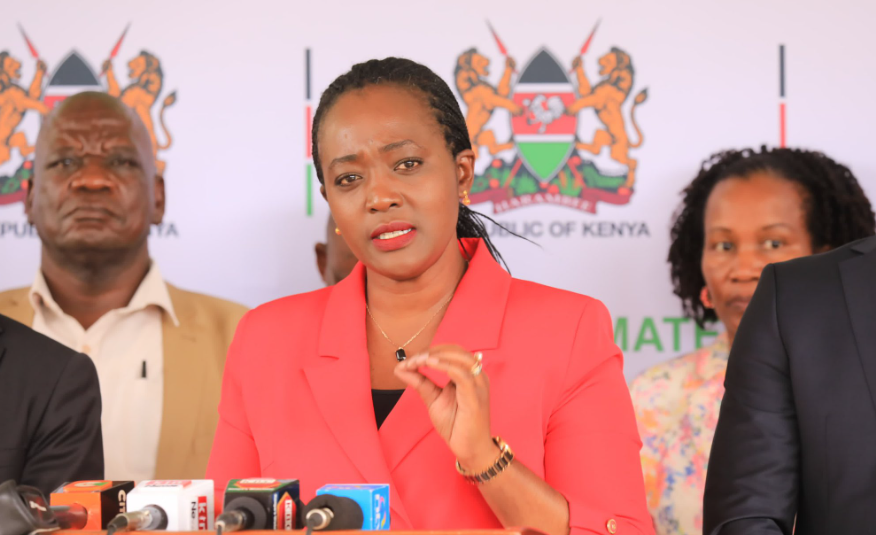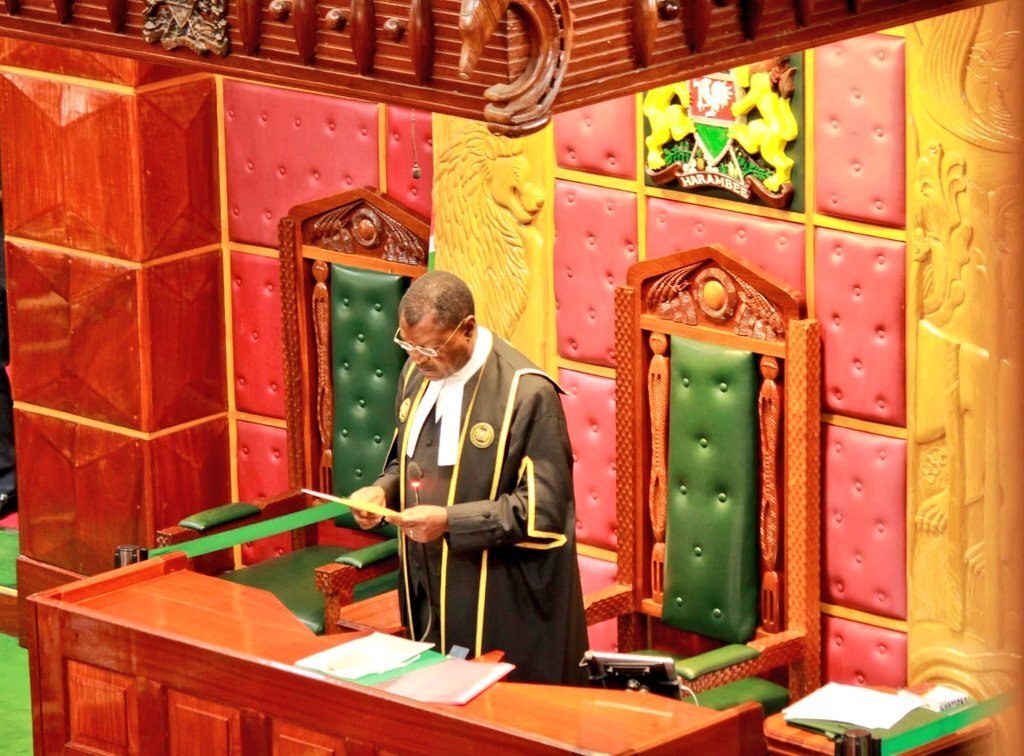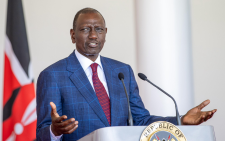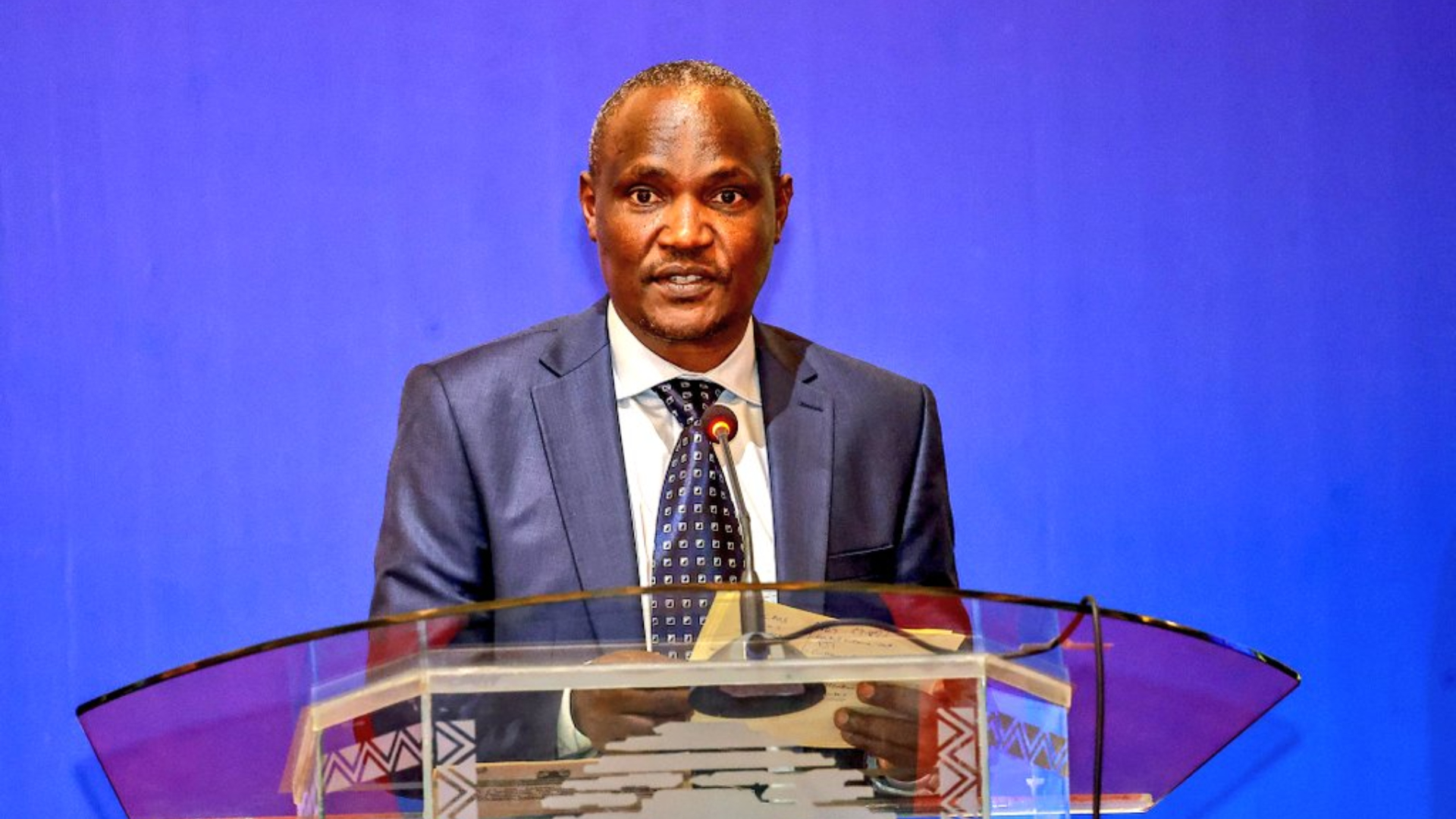Pending bills push non-performing loans to 17pc

Mounting economic pressure continues to weigh heavily on both individuals and institutions, pushing Non-Performing Loans (NPLs) to 17.2 per cent—up from 16.5 per cent in September last year.
This spike comes despite ongoing efforts to make credit more accessible to the private sector, including proposals to cap interest rates for both private and public borrowers in a bid to cushion economic strain.
Central Bank of Kenya (CBK) Governor Kamau Thugge says that the increase in NPLs is partly fueled by the government’s growing backlog of unpaid bills.
Speaking after the Monetary Policy Committee meeting held on April 9, 2025, Thugge noted that the pending payments—especially to road contractors under the Ministry of Roads and Transport—have strained business cash flows and triggered loan defaults.
“We expect this to be impacted by the oncoming settlement of the pending bills to road contractors by the Ministry of Roads and Transport,” he said.
The CBK is now banking on the recently lowered Central Bank Rate, currently at 10 per cent, to drive down lending rates across commercial banks and unlock more affordable credit for businesses.
But with government arrears still mounting, the anticipated ripple effect remains uncertain.
Stakeholders including the Kenya Private Sector Alliance (KEPSA) and the Kenya Bankers Association (KBA) have repeatedly flagged pending bills as a major contributor to the NPL burden.
Many businesses supplying goods and services to the government rely on bank loans to meet demand, and delayed payments mean these loans often go unpaid—creating a feedback loop of default and financial distress.
Stalling economic development
Even businesses with sufficient production capacity often turn to credit to address other operational needs, banking on timely government settlements to remain solvent.
When those payments stall, the consequences ripple outward—stalling growth, draining cash flow, and hurting the broader economy.
This was underscored by the KBA during a National Assembly Finance Committee session, where representatives urged the government to expedite pending payments.
“Most of our members report they’re unable to significantly reduce lending rates due to this issue,” one official noted.
“We urge the government to offset its dues so that suppliers can meet their debt obligations.”
Thugge revealed that pending bills across both national and county governments have ballooned to Sh660 billion this year, further fueling local business defaults and deepening the NPL crisis.
Even with the implementation of Risk-Based Credit Pricing (RBCP), commercial banks remain constrained, unable to extend lower-cost credit to the private sector—a sector that directly touches the everyday Kenyan.
The governor confirmed that a National Treasury task force is currently auditing the pending bills, and so far, Sh246 billion worth has been verified.
That leaves over Sh400 billion effectively locked out of the economy—stifling financial circulation, suppressing business operations, and in many cases, forcing layoffs or halting growth altogether.
“If the government continues defaulting on payments,” Thugge warned, “businesses won’t be able to access loans, and that limits cash flow across the economy.”
